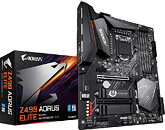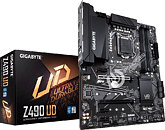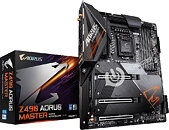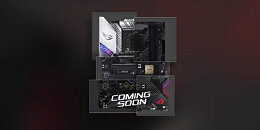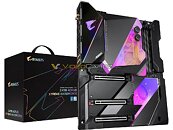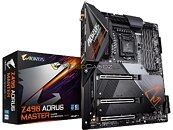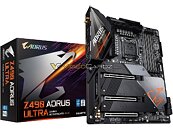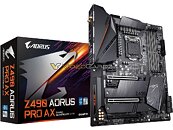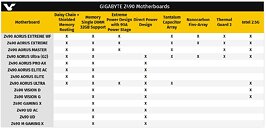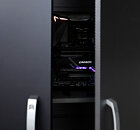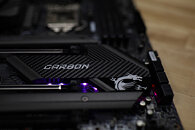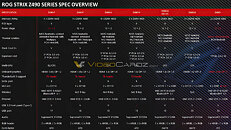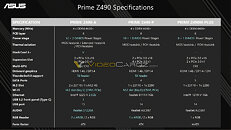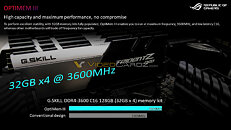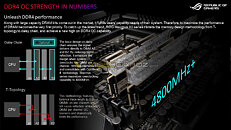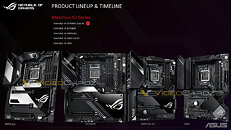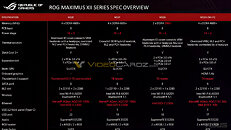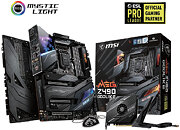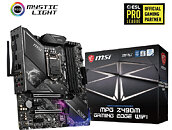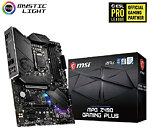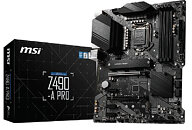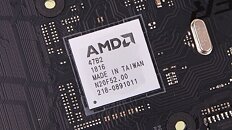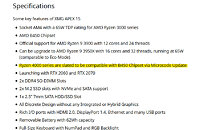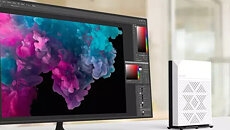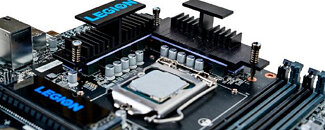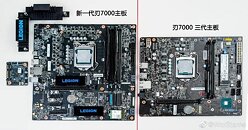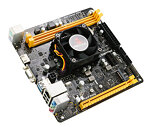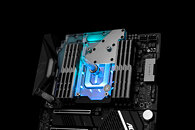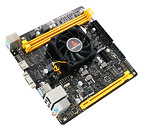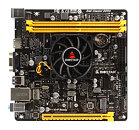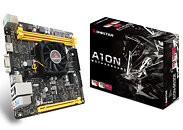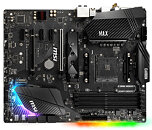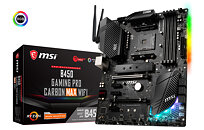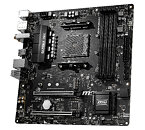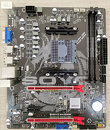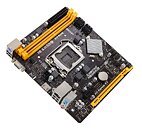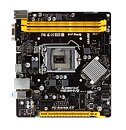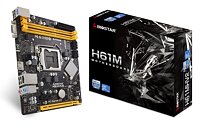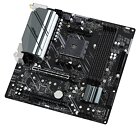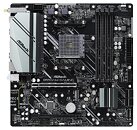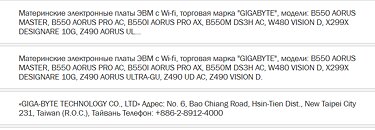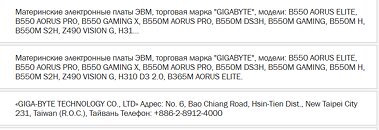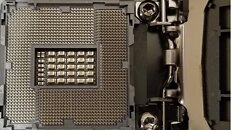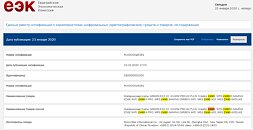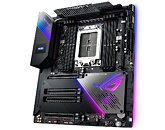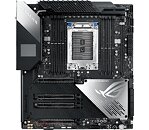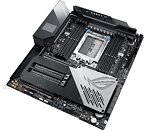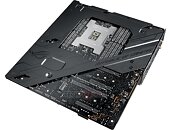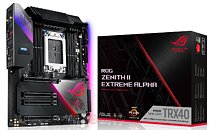
GIGABYTE's Entire Selection of Z490 Motherboards Pictured
Turkish tech publication PC Hocasi posted marketing pictures of the entire lineup of GIGABYTE's Intel Z490 chipset motherboards. These include the four recently leaked to web. The vast selection of boards includes the Z490 Vision G and Z490 Vision D targeted at creators. The company's mainline Ultra Durable (UD) and Gaming series includes the likes of the Z490 Gaming X and Z490M Gaming X, and of course the company's AORUS Gaming lineup we detailed in the older article.
An interesting trend with these boards is that GIGABYTE appears to have indeed given them PCI-Express gen 4.0 preparation, which extends across most SKU, including the entry-level UD series. These boards will not provide gen 4.0 with 10th gen "Comet Lake" processors, but the gen 4.0 preparation is reserved for its successor, the 11th gen "Rocket Lake," whenever it comes out. This is a costly design choice which rides on the assumption that "Rocket Lake" will introduce gen 4.0 to the LGA1200 socket (and not the fabled future LGA1700 socket). "Rocket Lake" is expected to come out towards the end of 2020 or early 2021, and will be Intel's response to Ryzen 4000 "Vermeer" processors based on the "Zen 3" microarchitecture.
An interesting trend with these boards is that GIGABYTE appears to have indeed given them PCI-Express gen 4.0 preparation, which extends across most SKU, including the entry-level UD series. These boards will not provide gen 4.0 with 10th gen "Comet Lake" processors, but the gen 4.0 preparation is reserved for its successor, the 11th gen "Rocket Lake," whenever it comes out. This is a costly design choice which rides on the assumption that "Rocket Lake" will introduce gen 4.0 to the LGA1200 socket (and not the fabled future LGA1700 socket). "Rocket Lake" is expected to come out towards the end of 2020 or early 2021, and will be Intel's response to Ryzen 4000 "Vermeer" processors based on the "Zen 3" microarchitecture.
